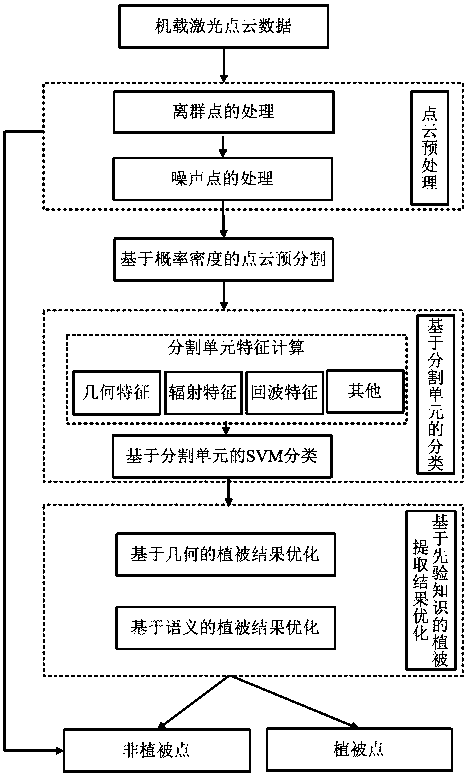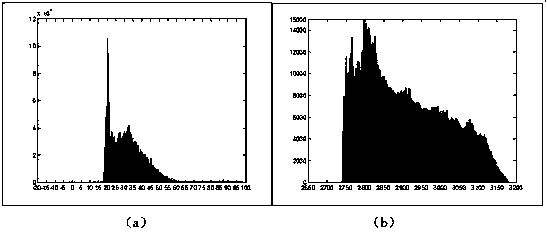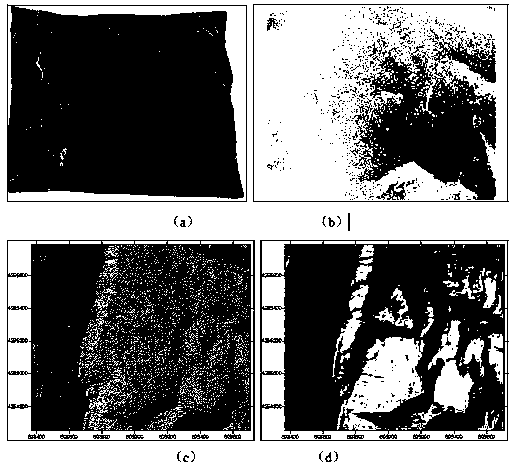A Vegetation Extraction Method of Airborne LiDAR Data
An airborne laser radar and extraction method technology, applied in the field of remote sensing science, can solve the problems of low classification accuracy, indistinguishability, and low network efficiency of massive laser point cloud data, and achieve the goal of improving detection rate and strong universality Effect
- Summary
- Abstract
- Description
- Claims
- Application Information
AI Technical Summary
Problems solved by technology
Method used
Image
Examples
Embodiment Construction
[0021] With reference to the accompanying drawings, a method for extracting vegetation from airborne lidar data comprises the following steps:
[0022] (1) Preprocessing of airborne lidar point cloud;
[0023] (2) Pre-segmentation of airborne lidar point cloud;
[0024] (3) Segmentation unit feature selection;
[0025] (4) Soft interval SVM classification based on kernel function;
[0026] (5) Optimization of rough classification results of data vegetation based on prior knowledge.
[0027] The preprocessing of the airborne laser radar point cloud, its specific method is: adopt the histogram statistical analysis method to determine the distribution law of the point cloud, by giving the ratio threshold value of gross difference point occupancy T , to filter out higher and lower rough points.
[0028] The pre-segmentation of the airborne laser radar point cloud, its specific method is:
[0029] Through the Gaussian distribution model and Perform probability density anal...
PUM
 Login to View More
Login to View More Abstract
Description
Claims
Application Information
 Login to View More
Login to View More - R&D
- Intellectual Property
- Life Sciences
- Materials
- Tech Scout
- Unparalleled Data Quality
- Higher Quality Content
- 60% Fewer Hallucinations
Browse by: Latest US Patents, China's latest patents, Technical Efficacy Thesaurus, Application Domain, Technology Topic, Popular Technical Reports.
© 2025 PatSnap. All rights reserved.Legal|Privacy policy|Modern Slavery Act Transparency Statement|Sitemap|About US| Contact US: help@patsnap.com



